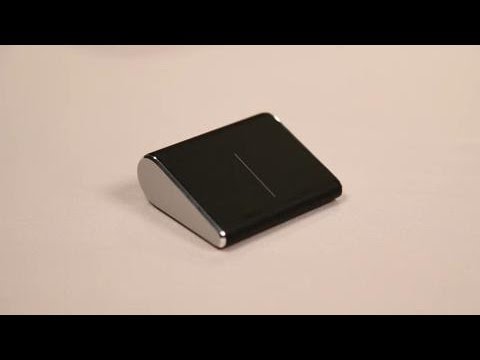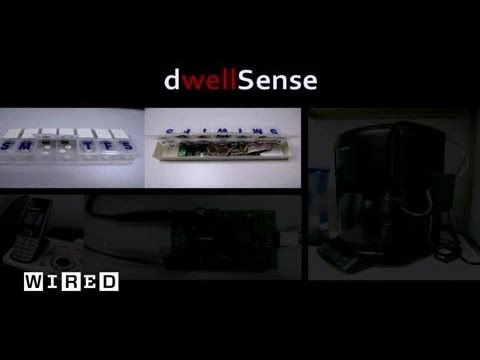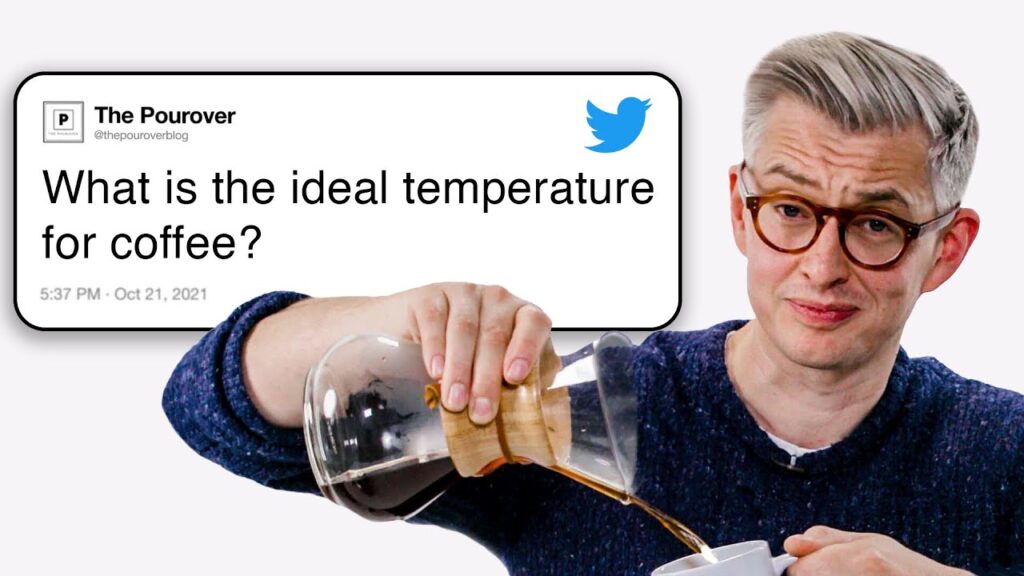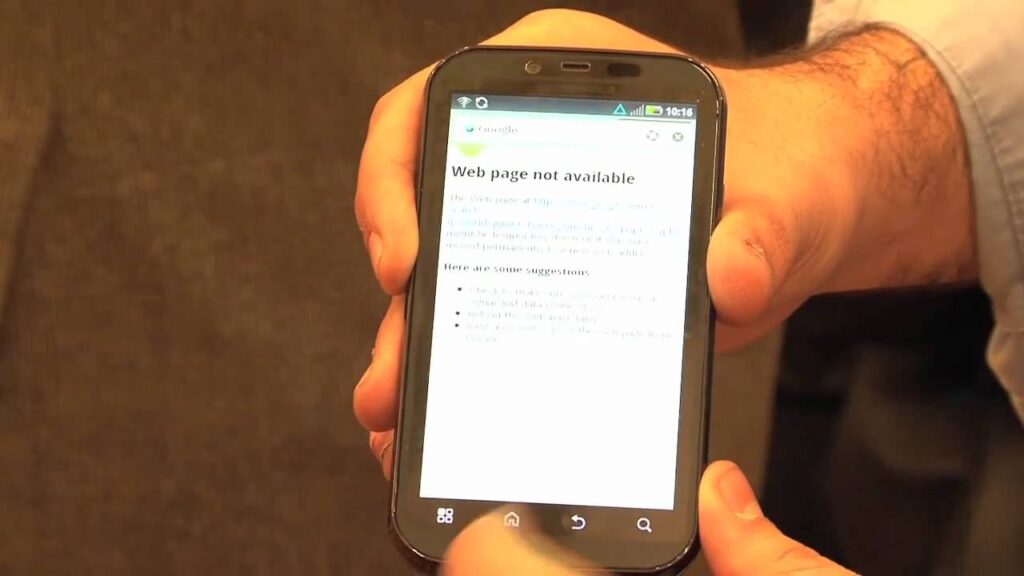NASA’s Use of Microsoft HoloLens to Design Spacecraft and Chart Missions on Mars
Summary
In this article, we discuss the use of Microsoft HoloLens by NASA’s Jet Propulsion Laboratory to design spacecraft and chart missions on Mars. The device allows scientists and engineers to view real data sent back by the Curiosity Mars rover or satellites in orbit, providing an immersive experience of standing on Mars while still being able to see their surroundings. We also explore the use of HoloLens in prototyping and manipulating objects in both physical and digital spaces, including its use on the International Space Station to annotate and interact with complex machinery.
Table of Contents
- HoloLens for Designing Spacecraft and Charting Missions on Mars
- Prototyping and Manipulating Objects with HoloLens
- Use of HoloLens on the International Space Station
- Mixed Reality vs. Virtual Reality
- Conclusion
HoloLens for Designing Spacecraft and Charting Missions on Mars
NASA’s Jet Propulsion Laboratory is using Microsoft HoloLens to design spacecraft and chart missions on Mars. The device allows scientists and engineers to walk around the room and view real data sent back by either the Curiosity Mars rover or by satellites in orbit. This provides an immersive experience of standing on Mars while still being able to see their surroundings. The HoloLens is preferred over virtual reality viewers because it allows scientists and engineers to confidently and comfortably walk around on the Martian surface while in a crowded office.
Prototyping and Manipulating Objects with HoloLens
The speaker discusses the use of the HoloLens device in prototyping and manipulating objects in both physical and digital spaces. They mention the ability to adjust objects before prototyping and manipulate them with hand gestures. This allows for a more efficient and effective design process, as well as the ability to catch and correct errors before the physical prototyping stage.
Use of HoloLens on the International Space Station
The HoloLens is also being used on the International Space Station to annotate and interact with complex machinery. This allows astronauts to easily access and understand important information about the machinery they are working with, improving safety and efficiency.
Mixed Reality vs. Virtual Reality
The speaker concludes by stating that mixed reality provides a more immersive experience than traditional computer screens. They ask the audience for their thoughts on mixed reality versus virtual reality, highlighting the potential for mixed reality to revolutionize the way we design and interact with technology.
Conclusion
In conclusion, NASA’s use of Microsoft HoloLens for designing spacecraft and charting missions on Mars is a groundbreaking example of the potential for mixed reality technology. The device’s ability to provide an immersive experience while still allowing for real-world interaction has the potential to revolutionize the way we design and interact with technology both on Earth and in space.







